Your corporate identity is more than just a logo and color palette, it is the soul of your business. When I was first developing my idea, I realized how details can change perception. Ready to learn how to create a style that will make you stand out from the crowd? Read on!
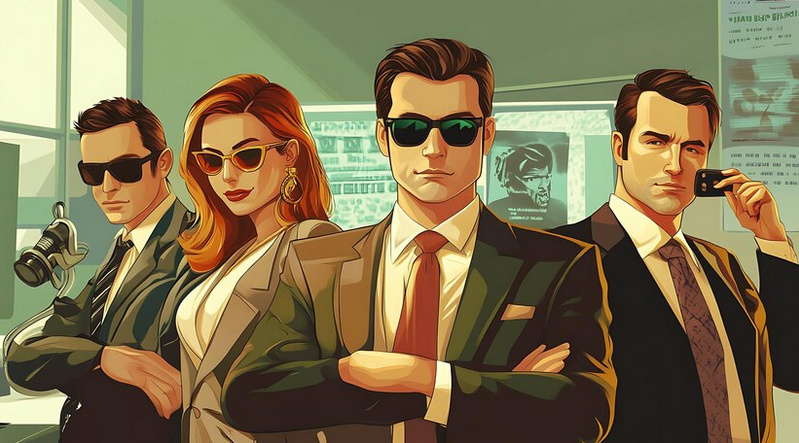
Glossary
- 🎨 Corporate identity is a set of visual and text elements that helps a company stand out on the market and create a unique image.
- 🏷️ Trademark is a registered symbol or name that identifies and protects goods or services from counterfeiting.
- 🔖 Logo is a graphic element that represents the brand and allows it to be recognized.
- 📝 Slogan is a short phrase that reflects the main idea and value of the company.
- 🎨 Brand Colors - a palette of shades chosen to represent the brand, creating visual integrity.
- 🔤 Branded font set - a set of fonts that is used for text design on all brand materials.
- 🦙 Mascot is a character or symbol that represents a company, often used to create an emotional connection with customers.
- 📚 Guideline - a document that describes the rules for using corporate identity elements, including logo, colors and fonts.
The importance of corporate identity for business
Looking at the many companies providing similar products and services, I could not help but notice that success often belongs to those who know how to create a bright, memorable corporate identity. Have you ever wondered why some brands become iconic while others fade from view? The answer lies in the corporate identity, which is not just a beautiful design, but a powerful marketing tool. It happens that he is able to change the entire business. I've learned from my own experience how important it is, and here's why.

How corporate identity influences perception
While working with one of my clients, I began developing a new corporate identity for their store. Society knew them, but did not attach any importance to them. At first this confused me: how can people show all the advantages they have? We started with the logo, because this is the first thing potential clients see. Together with the designer, we created a modern and simple logo that immediately attracted attention. The results exceeded our expectations: there were 40% more visitors in the first months!
Have you ever heard that the first impression is the most important? It really can change everything. After redesigning the logo, we synchronized it with the color palette and fonts to create a cohesive and complete brand experience. As they say, “woe from mind” - people at first expected something unusual and complex from us, but after talking with the designer, we decided to focus on simplicity and conciseness.
Emotions and brand trust
Colors and fonts are more than just visual elements. They create atmosphere and evoke emotions. By using warm colors and friendly fonts, we made the store more open and accessible to customers. When approaching a display case, a person should feel warmth and goodwill, and not cold disdain. Have you ever wondered how your customers feel when they look at your branding?
While working on the corporate identity, I realized that the most important task was not just to create beautiful packaging, but also to convey the company’s values. Therefore, the new slogan became a powerful speech signal that clearly positioned the brand. He added confidence to clients - “This is exactly what I need!”
Standards and a unified approach
Creating a corporate identity is not a one-time task. Why do we need standards? It is necessary that every new advertisement, every product package, every social media post be consistent and consistent. This makes it easier to work with designers and content managers, and also helps maintain cohesion within the team. It is important that everyone knows how your business “speaks” - it must “speak” in a common language.
I began to observe how a unified approach not only simplifies working with clients, but also unites the team within the company. This is extremely important - when everyone knows where they are going, which is accompanied by a high level of trust and satisfaction among employees.
“Corporate style is not just a visual appearance. It's the history, the emotion and the values encoded in every element." - Guy Kawasaki, one of Apple Computer's most prominent employees, who introduced the concept of "evangelism" into the high-tech business with the marketing of the Macintosh computer in 1984, focusing on creating a layer of users - ardent followers Apple brand.
So, based on my experience, I highlight A few key points to help you understand how to effectively use and develop a brand identity:
A Brief Overview of Creating a Brand Identity
| Step | Action |
|---|---|
| 1 | Define the core values and mission of the business. |
| 2 | Conduct research on the target audience and their preferences . |
| 3 | Create a logo that reflects your company's personality. |
| 4 | Develop a color palette and fonts that coordinate with logo. |
| 5 | Create a catchy slogan. |
| 6 | Create standards for advertising and other materials. |
| 7 | Bring a consistent approach across all platforms and in interaction with clients. |
Thus, a successful corporate identity is the basis of any business that strives to customer recognition and trust. The whole process requires passion, deep analysis and understanding of your society. I hope this experience and tips will help you create an unforgettable image of your brand!
How to create a corporate identity
Trademark
When I first started working on creating a brand, it became obvious to me that a trademark is not just a legal element. It is the heart of your business and will protect your name and image from competitors. Many may not realize, but a trademark is not only a logo or a company name, it also includes symbols and even musical sounds. For example, I remember a time when I was working with a new startup that produced environmentally friendly cosmetics. They chose a green leaf symbol combined with a name based on the word "purity". This was visually associated with naturalness and safety.
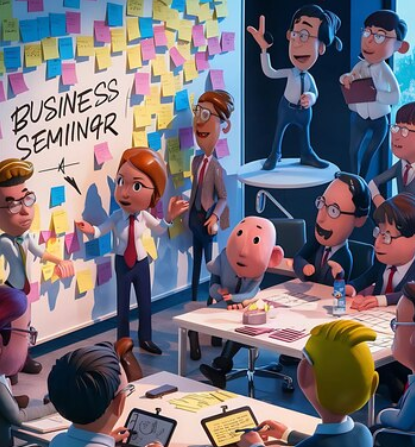
When they registered the trademark, with each new product launch they kept that green sheet in packaging design. Often clients said: “We immediately knew that these were your cosmetics!” I watched as their sales began to increase and their understanding of the brand improved significantly. The trademark really set them apart from similar products.
Registering a trademark is not just an obligation - it is a strategy for the future of your brand.
| Step | Action |
|---|---|
| 1 | Determine the uniqueness of your brand. |
| 2 | Create a visual symbol or title. |
| 3 | Register a trademark. |
| 4 | Use it consistently in all materials. |
Logo
A logo is like the face of a company. When I first started, we just had text and it didn't convey any style or personality. At one point, when we started communicating with clients through social networks, I realized that we needed a simple and bright logo that would be remembered at first sight.
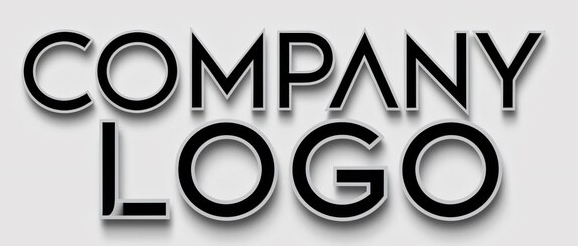
Working with a designer, we decided to use tree outlines to illustrate the sustainability of our product , but also made him easily recognizable. When we introduced this logo into packaging, on our website and in promotional materials, customers began to associate our product with this symbol. I once heard a comment from a client: “Every time I see this logo, it gives me a feeling of warmth.”
The symbol should remain simple, but evoke emotions.
| Step | Action |
|---|---|
| 1 | Develop several concepts. |
| 2 | Get feedback from your target audience. |
| 3 | Strive for simplicity and memorability. |
| 4 | Incorporate the logo into all marketing materials. |
Slogan
A slogan often overlaps with the concept of identity, but in my opinion, it is like the voice of your brand. At first I was skeptical about its necessity. However, when we launched the slogan “Cleanse your skin, cleanse the earth”, it became a huge hit among our audience.

One day someone said, “Have you heard how good that sounds? That really comes to mind when I see your packaging." This helped connect with customers and created a sense of unity with the brand. I noted that good use of a tagline can really impact the perception of a business.
A slogan creates a mood and helps the customer understand your product.
| Step | Action |
|---|---|
| 1 | Define your brand's core value. |
| 2 | Create a short, memorable expression. |
| 3 | Test it on a small group of consumers. |
| 4 | Implement the slogan in all advertising channels. |
Brand colors
Colors are not just paints that are used in design, they evoke emotions and associations. When I developed the palette for my brand, I chose green combined with brown to convey naturalness and trust. Every time I met clients, many of them said that that green color "feels like it hugs them."
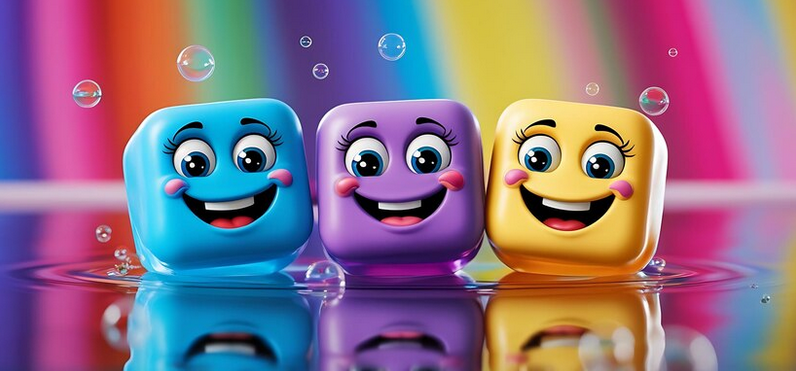
So, I decided to experiment by adding a little metallic gold for an accent. This resulted in the color scheme changing slightly, but customers took notice of the update and our sales began to increase.
Colors should speak to your customers, feelings are more important than words.
| Step | Action |
|---|---|
| 1 | Study the psychology of colors and their meanings. |
| 2 | Identify a few key colors for your brand . |
| 3 | Test colors on different media. |
| 4 | Create a unified palette for all your materials . |
Branded font set
Choosing a brand font may seem like a small thing, but in practice it is critically important. While working on fonts for my advertising materials, I often thought about how a font could convey the spirit of a company. For example, I was able to select several fonts that harmoniously combined with each other and were different at the same time.
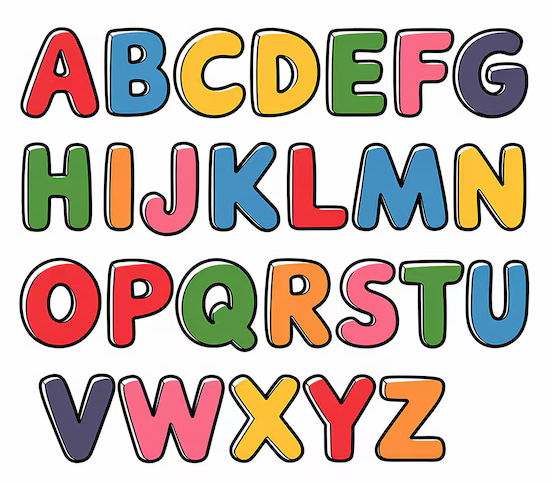
Surprisingly, in the beginning, many designers did not believe that font actually affects perception. But when we chose a modern, light font, people began to comment on the text on the site, which “dictates” the mood. It made me see how important this element is in creating a complete look.
Fonts add personality and style to your brand.
| Step | Action |
|---|---|
| 1 | Learn about different font styles. |
| 2 | Choose fonts that match your image. |
| 3 | Test fonts in different conditions. |
| 4 | Create a sequence for using fonts. |
Mascot or talisman
Creating a mascot may seem funny, but there is a deep logic to it. When I thought about making a collective image out of my brands, the idea arose of creating a personalized hero - our eco-friendly superman. This character started all the conversations about our approach to business and helped with marketing campaigns.

I remember how at one event children came up to our mascot and started asking questions about brand values. This has strengthened our connection with our customers, especially the youth. The emotional start of communication created an additional effect for resolving issues - charity, health and the environment.
A mascot is an emotional bridge between your business and your customers.
| Step | Action |
|---|---|
| 1 | Determine what role the mascot will play. |
| 2 | Develop his character and appearance. |
| 3 | Test audience perception. |
| 4 | Create a communication strategy using a mascot. |
Guideline
Creating a guideline was a real find. I finally collected all the elements of my corporate identity into one document, where I clearly stated how and where this or that element can be used. This made life easier not only for my designers, but also for everyone who worked with the brand.
.png)
I remember once a designer messed up with the placement of the logo on the packaging. Thanks to the guideline, he was able to quickly fix this and get the page on the right track. Without it, the process would be much more difficult, requiring a lot of time. The collected document became the basis for the creation of all future materials.
The Guideline is your compass in the world of design and marketing.
| Step | Action |
|---|---|
| 1 | Define the main elements of your corporate identity. |
| 2 | Fix the rules for using these elements. |
| 3 | Create examples of acceptable and unacceptable combinations. |
| 4 | Ensure that the guideline is accessible to everyone works with the brand. |

Frequently asked questions on the topic: Corporate Identity
What is corporate identity?
Corporate identity is a set of visual and verbal elements that form a company's unique identity and help differentiate it in the market.
What is a corporate identity for?
Corporate identity helps strengthen brand awareness, build consumer trust, and differentiate a company from its competitors.
What elements does a corporate identity consist of?
The main elements of a corporate identity include a logo, color palette, fonts, slogan, mascot and guidelines.
What role does a logo play in a corporate style?
A logo is a visual symbol of a company that helps identify and remember it. It serves as the basis for all other elements of the corporate identity.
What is a guideline?
A guideline is a document that contains rules for using corporate identity elements, including logos, colors and fonts.
What is a trademark?
A trademark is a registered mark that protects a company's trade dress and prevents its use by third parties.
Can branding include a mascot?
Yes, a mascot (mascot) can be part of your corporate identity. It adds an emotional element and helps create a closer connection with the audience.
What slogans are considered successful?
Successful slogans should be memorable, short, reflect the essence of the brand and evoke positive emotions among consumers.
Does your corporate identity change over time?
Yes, brand identity can evolve to remain relevant and meet changing trends and preferences of the target audience.
Thanks for reading and for have become more experienced! 🎉
Each of you now has knowledge that can transform your business. Corporate identity is not just a visual element, it is the soul of your brand. The logo, color palette and fonts create a unique atmosphere that attracts customers, filling them with emotion and trust. I have personally seen how the right decisions in this area increase sales and strengthen 's reputation. Share your thoughts in the comments - I want to know what you think! ✨
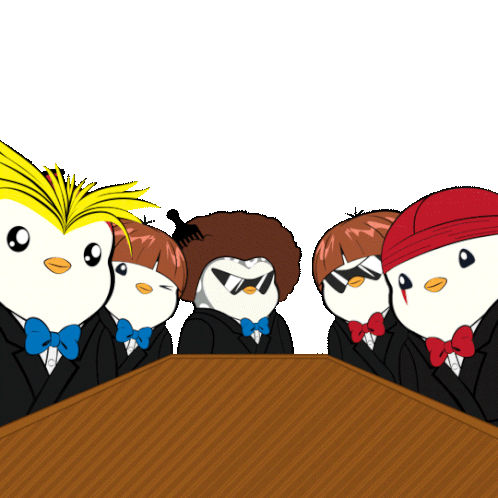
Article Target
Teach readers the basics of creating a brand identity so they can apply it.
Target audience
Entrepreneurs, designers, marketers and students
Hashtags
Save a link to this article
Sergey Berezin
Copywriter ElbuzIn the world of virtual opportunities, I am the mastermind behind the success of online stores. Words are my tools and automation is my magic recipe. Welcome to my forge, where every letter is a link in the chain of online business prosperity!
Discussion of the topic – Corporate identity
Description of the meaning of corporate identity and its impact on business. Basic elements such as logo, color palette and fonts.
Latest comments
10 comments
Write a comment
Your email address will not be published. Required fields are checked *













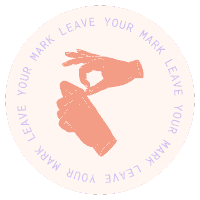
.png)
.gif)
.gif)












.png)


Сергей Берёзин
Corporate identity is truly what sets a business apart in the market. I love how a logo can instantly convey a company's values. What examples of corporate identity mistakes have you seen?
Oliver Schmidt
I agree, Sergey! Over the past year, I've seen how changing the color palette completely changed the perception of one company. Choosing the right colors can create a real 'magnet' for customers! 🎨
Elena Garcia
Ahh, it's true! For example, Airbnb changed its style and through this became more accessible in perception. Colors create a mood! What palette do you think is most relevant now? 🏡
Marek Kowalski
Interesting topic! In our company, we chose minimalism and this solved a lot of problems with perception. How do you feel about fonts? Personally, I prefer simple and readable ones. 📖
Clara Moreau
Fonts are really important! I believe they can tell the story of a company. But in order not to go into the background, it is worth paying attention to the harmony between the font and the logo. How do you do this? 🖋️
Hans Müller
It seems to me that most modern trends are just fashion. It is much more important to be unique than to follow the crowd. Are all these changes really helping? 🤔
Sophia Rossi
Hans, every business has its own path! However, adapting to modern challenges is important, especially in the visual field. Your customers may no longer understand you if you are not relevant. 🌟
Svetlana Orlova
I completely agree, Sofia! Visual perception can truly determine the success of a business. What aspect do you think is best to start changing your corporate identity? 💭
Samuel Johnson
I think a logo is the first step. A clear and memorable logo creates a first impression. What logo features do you think are best avoided? 😅
Сергей Берёзин
The logo should be simple but expressive. Avoid overloading with details, they can be distracting. Share examples of successful logos!